Search
Search Results
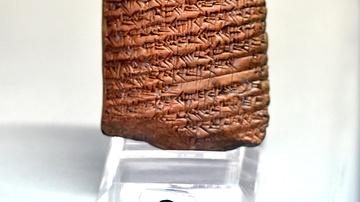
Image
Geometric-Algebraic Theory Clay Tablet from Tell al-Dhabba'i
This clay tablet narrates a geometric-algebraic theory of how to make a solution for a mathematical problem. The conclusion applies a theory very similar to the Pythagorean theorem. From Tell Tell al-Dhabba'i, Iraq. Old-Babylonian period...
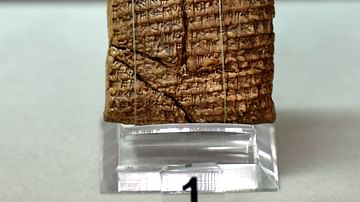
Image
Geometric-Algebraic Theory Clay Tablet from Tell Harmal
This clay tablet narrates a geometric-algebraic theory of angles and triangles, similar to to the theory of Euclid of Alexandria, the father of geometry (lived c. 300 BCE). From Tell Harmal (ancient Shaduppum), Iraq. Old-Babylonian period...

Definition
Science
The term science comes from the Latin word scientia, meaning “knowledge”. It can be defined as a systematic attempt to discover, by means of observation and reasoning, particular facts about the world, and to establish laws connecting...

Definition
Christiaan Huygens
Christiaan Huygens (1629-1695) was a Dutch mathematician, physicist, and astronomer. A leading figure of the Scientific Revolution, Huygens combined research into mathematical-based theories, such as the movement of light waves, with practical...
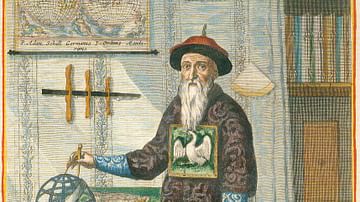
Article
Jesuit Influence on Post-medieval Chinese Astronomy
Ancient China had seen little Western contact before the 16th century CE, the language, culture and science all being allowed to develop independently of foreign influence. By the time European Jesuit missionaries arrived in the 16th century...
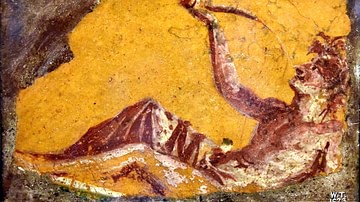
Article
Wine Culture in the Hellenistic Mediterranean
The culture of drinking wine was enjoyed throughout the Mediterranean world, and what is true now was true in antiquity, too: wine is always good business. The Hellenistic Period (c. 335-30 BCE), between Alexander the Great and Cleopatra...
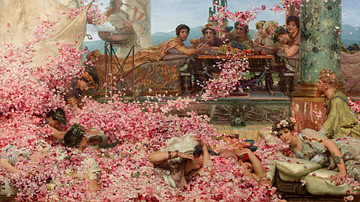
Article
A Brief History of the Rose
The rose that grows in many different forms in gardens all over the world today is an evolution of rose-like plants that lived in the northern hemisphere between 33 million and 23 million years ago. Traces of them have been found in the fossil...
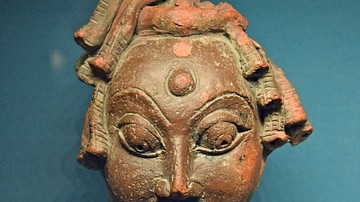
Article
Initiation of religions in India
The religious practices of the early Indo-Aryans, known as the Vedic religion (1500 BCE to 500 BCE) were written down and later redacted into the Samhitas, four canonical collections of hymns or mantras, called the Veda, in archaic Sanskrit...
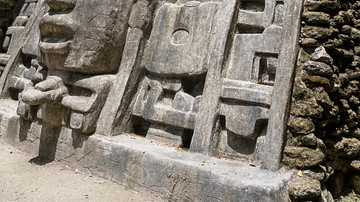
Interview
Interview: Preclassic Maya
The genesis of Maya civilization in Mesoamerica was marked by an effervescence in the arts, the beginnings of their written language with glyphs, and a great attention to detail in the sphere of urban planning. Yet, despite these tremendous...
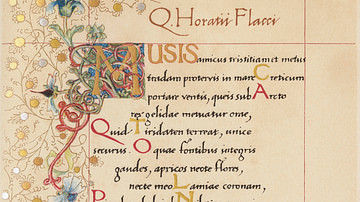
Definition
Roman Literature
The Roman Empire and its predecessor the Roman Republic produced an abundance of celebrated literature; poetry, comedies, dramas, histories, and philosophical tracts; the Romans avoided tragedies. Much of it survives to this day. However...